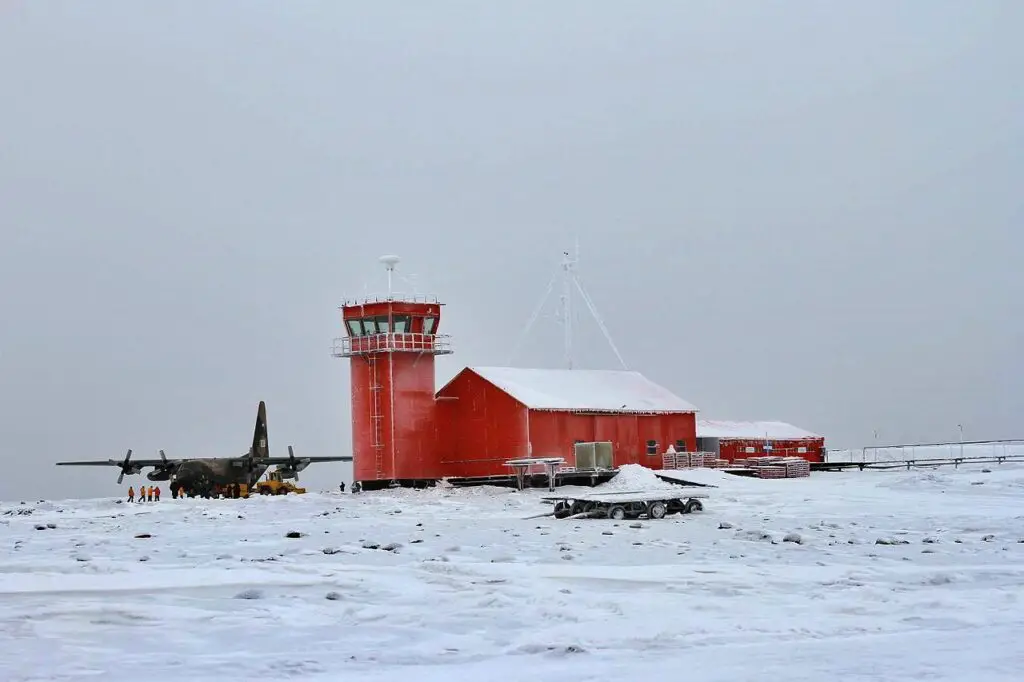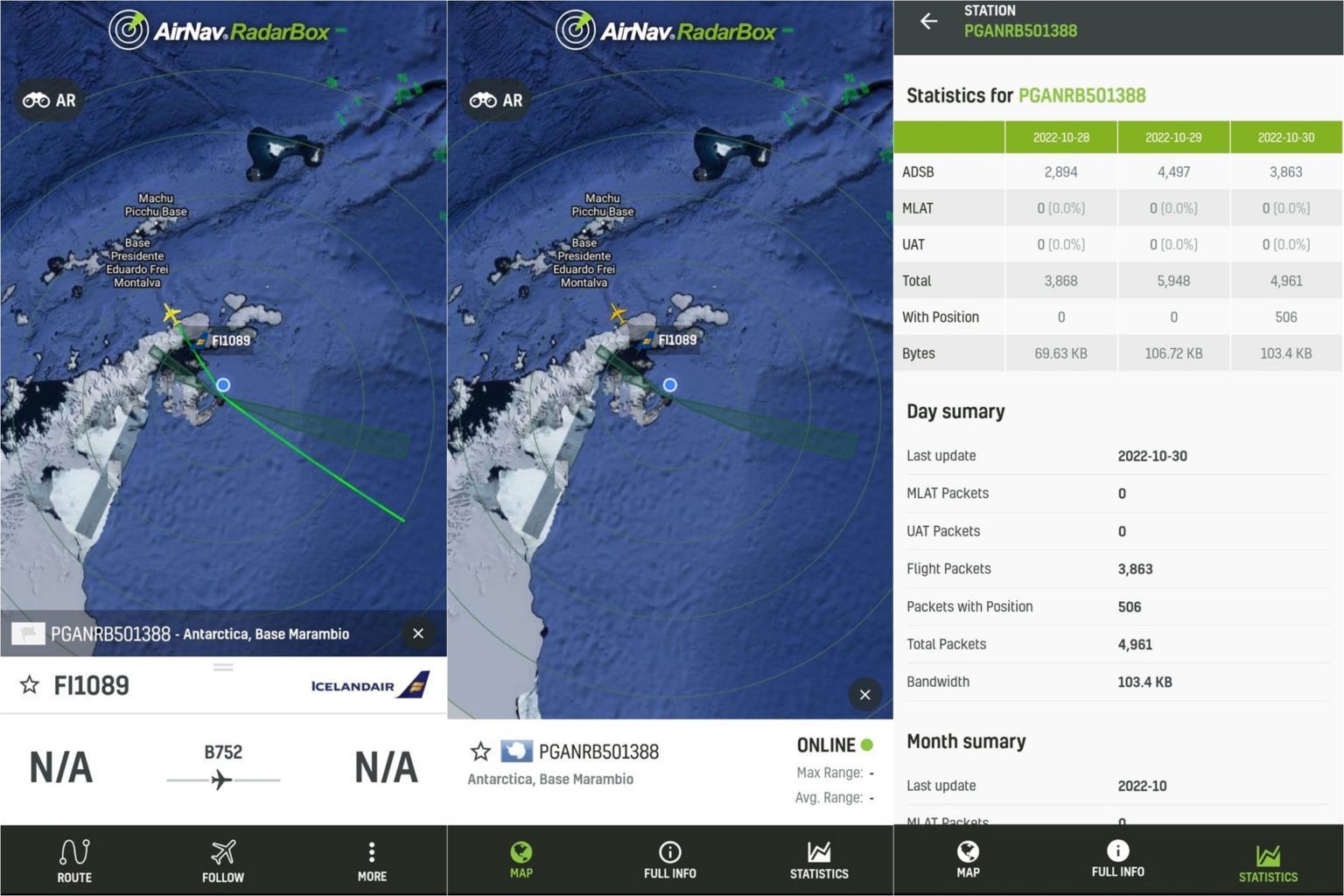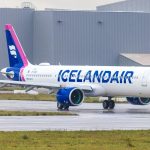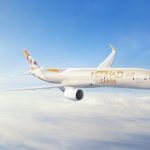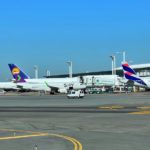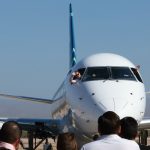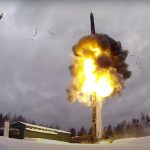The flight tracking platform RadarBox installed the first ADS-B station in Antarctica, one of the most isolated areas on Earth. The receiver was placed at the Marambio base to assist the Argentine Air Force and the Joint Antarctic Command in their operations in that region, providing real-time air traffic data.
At the time of its creation, it was the first airfield in Antarctica and is still one of the most frequently used due to its suitability for wheel landings. That’s why the base is nicknamed «Gateway to Antarctica.»
The Marambio Station is a year-round permanent station in Argentine Antarctica, named after Vice Commodore Gustavo Argentino Marambio, a pioneer of Antarctic aviation. It is located on Marambio Island, Graham Land, Antarctic Peninsula, about 100 km from the coastal civil village of Esperanza.
At Marambio airfield, C-130 Hercules aircraft operate and, for connection with other bases, it has a DHC-6 Twin Otter plane and helicopters for summer campaigns.
The AirNav RadarBox antenna is installed outside the Marambio Base, operating at temperatures ranging from -16°C to -56°C (Antarctic winter).
Ariel Sosa, communications manager at the Marambio Base, uses RadarBox in his daily work, and said, «AirNav RadarBox is an important tool for us, as we can monitor all local air traffic on a single panel. In addition, our local air traffic can also be remotely monitored by the Antarctic Command in Buenos Aires. RadarBox is used by the control tower and by all of us here at the base.»
The RadarBox ADS-B station in Antarctica has an average range of 114 nautical miles (183 km), but this varies, and the range is regularly updated.
One of the first aircraft tracked by the station was a flight of the Boeing 757 from Icelandair from Antarctica to Punta Arenas, Chile. It’s not so common to see aircraft in the region, but this time it was tracked by the ADS-B station at Marambio.
«Helping the Marambio base and the Argentine Air Force in their operations in Antarctica is simply wonderful. It’s amazing to see our solutions being used in remote places like Antarctica,» says André Brandão, CEO of AirNav Systems.
The Lockheed C-130 Hercules is one of the most widely used aircraft in Antarctica and is also used by the Argentine Air Force to transport scientists, cargo, and supplies to its bases on the white continent.

